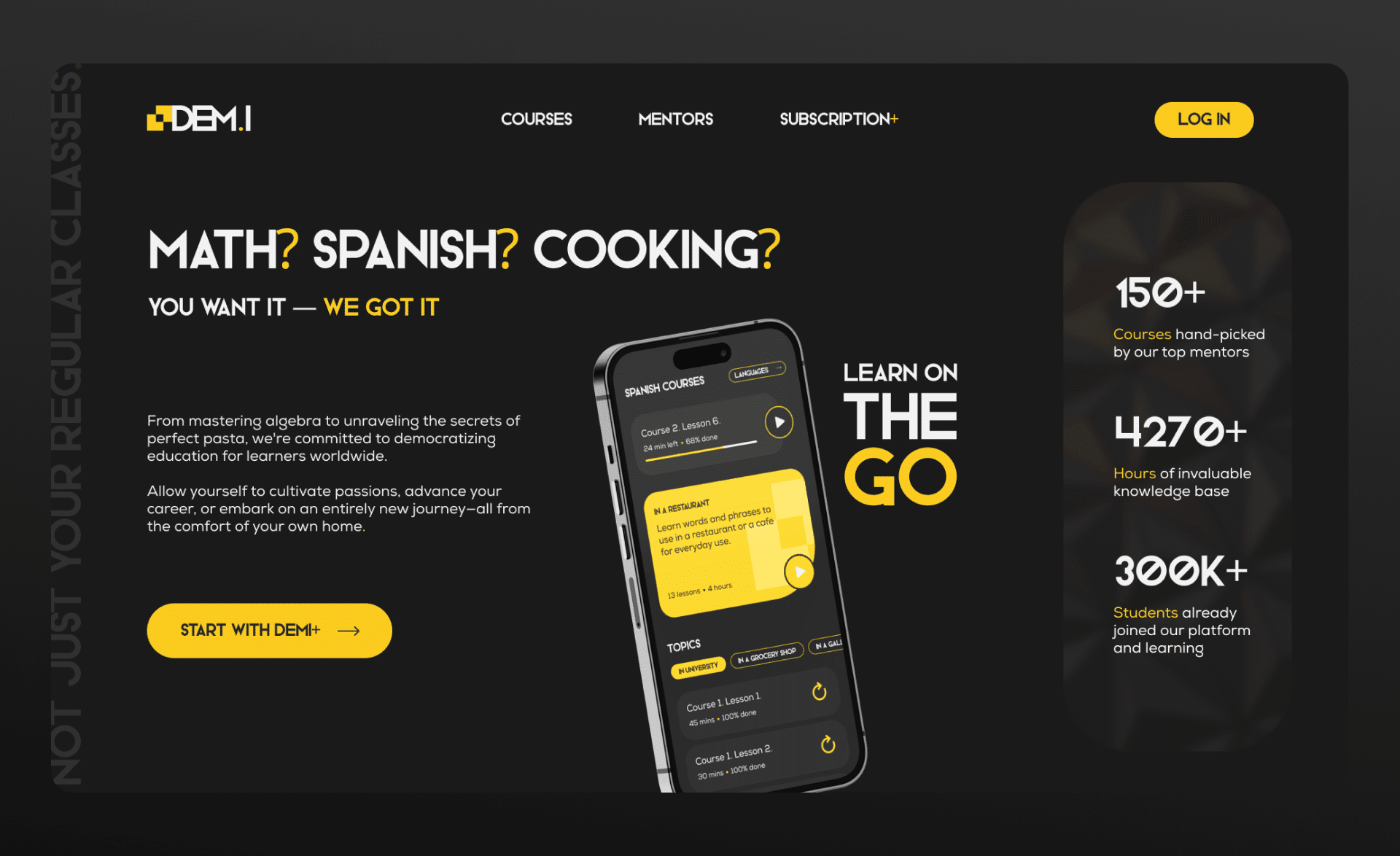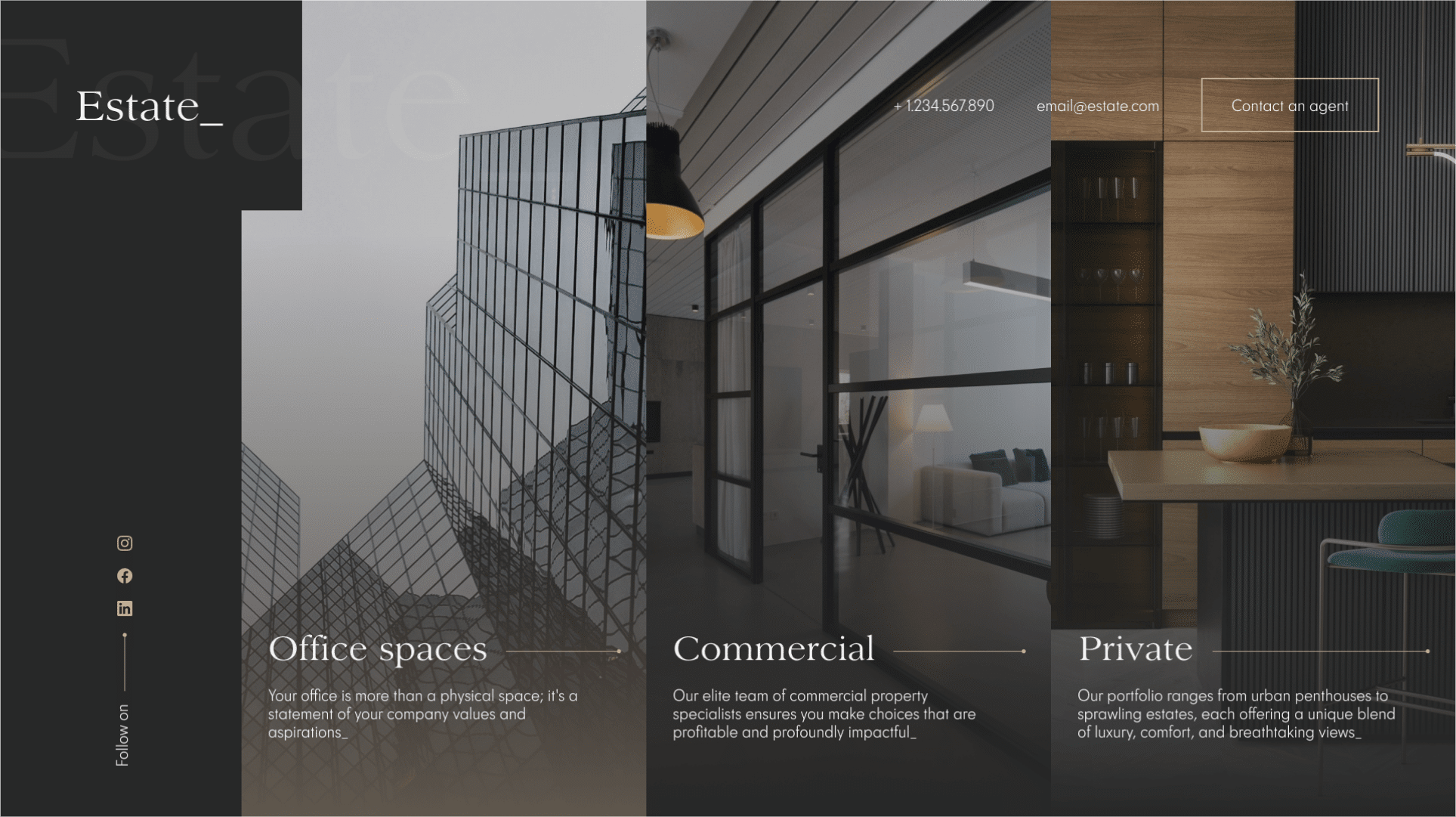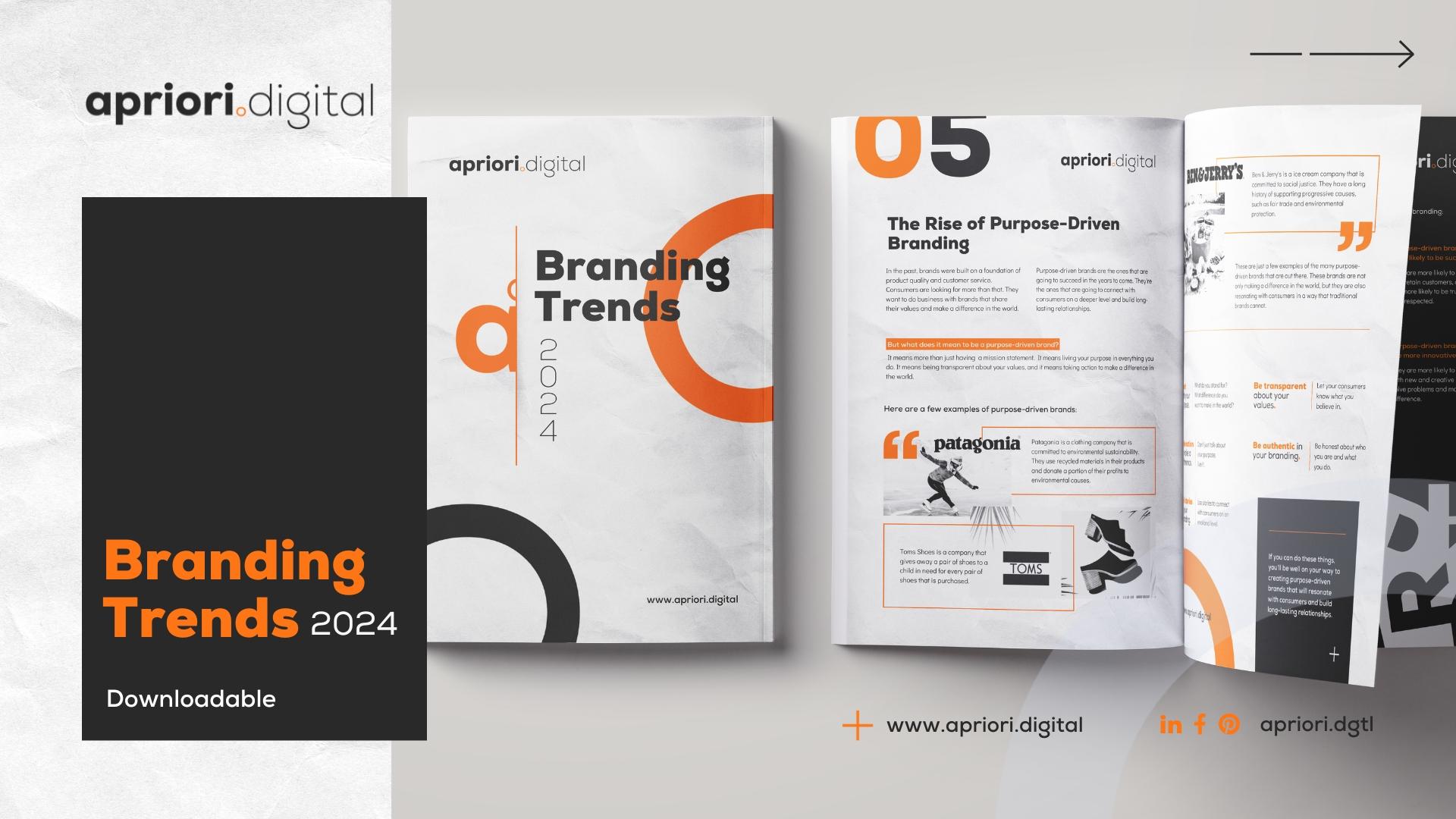Introduction
Forever in flux, digital world shapes and reshapes how businesses present themselves online. Web design, at this intersection of technology and art, carries the hefty responsibility of portraying a brand’s ethos, its promise, and its identity. For Small and Medium-sized Businesses (SMBs) operating in the USA and UK, adapting to these dynamic trends is more than about aesthetic appeal; it’s about communicating relevance, modernity, and reliability. In this detailed exploration, we’ll delve deeper into the transformative web design trends that are carving a niche in these bustling markets.
Mobile-First Design
The ubiquity of mobile devices has reshaped the web design landscape. It’s no longer an era of desktop-first; the paradigm has shifted to prioritise the small screen. SMBs are increasingly acknowledging this change, understanding that many of their users’ first interactions will be on a mobile device, shaping their impressions and future engagements.
- Responsive Layouts: Adaptable designs ensure consistency across devices.
- Touch-friendly Navigation: Intuitive designs for easy mobile navigation.
- Speed Optimisation: Quick load times for mobile users.
- Mobile-specific Features: Integration of features like 'click to call' or location services.
Web Design by Apriori Digital
Dark Mode Design
The introduction of dark mode in operating systems and applications has paved the way for its integration into web design. This design mode isn’t just about aesthetics; it speaks to user comfort, energy conservation, and visual diversity. When executed effectively, it provides a fresh perspective on familiar content, giving SMBs a subtle edge in engagement.
- User Choice: Offering toggles to switch between light and dark modes.
- OLED Screen Optimisation: Benefits of dark mode on OLED screens.
- Visual Pop: Contrasting elements stand out on dark backgrounds.
- Eye Comfort: Reduced eye strain in low-light conditions.
Micro-Interactions
Micro-interactions, though seemingly insignificant, play a pivotal role in enhancing user experience. These subtle animations or design responses offer immediate feedback to user actions, making digital interactions feel more tactile and intuitive. For SMBs, these can often be the differentiator, transforming passive browsing into active engagement.
- Animated Feedback: Visual cues for task completions or actions.
- Interactive Elements: Animations during hover or click actions.
- Transition Animations: Seamless transitions between pages or sections.
- Live Notifications: Instant updates enhancing user experience.
AI and Chatbots
Artificial Intelligence, often seen as the domain of tech giants, is making its mark in the SMB sphere. With advancements in machine learning and natural language processing, chatbots are becoming more sophisticated. They serve as digital concierges, guiding visitors, addressing queries, and even handling basic transactions, making websites more interactive and user-friendly.
- 24/7 Support: Continuous assistance irrespective of time zones.
- Personalised Experience: Tailored suggestions based on browsing patterns.
- Efficient Problem Solving: Swift solutions even during peak traffic.
- Interactive FAQ: Dynamic solutions addressing common concerns.
Minimalistic and Clean Designs
In a world cluttered with information, minimalistic designs stand out. They present content without distractions, ensuring that the core message isn’t lost in a sea of design elements. For SMBs, a clean design often translates to clarity in brand messaging, making sure that visitors understand their value proposition without feeling overwhelmed.
- Whitespace Usage: Elevating content through strategic empty spaces.
- Simplified Navigation: Reducing clutter for clarity.
- Bold Typography: Emphasising content through typography.
- Unified Colour Palettes: Cohesive colour schemes for a harmonised look.
3D Elements and Immersive Experiences
3D design elements bring a touch of realism to the digital landscape. They bridge the gap between the tangible and virtual, offering users an enriched browsing experience. As technology continues to evolve, these elements no longer remain confined to high-end websites but are becoming an integral part of SMB web designs, offering visitors a taste of the brand’s innovation and modernity.
- Interactive 3D Models: Detailed product views.
- Virtual Tours: Realistic brand or product experiences.
- Immersive Storytelling: Engaging narratives through 3D visuals.
- Enhanced User Engagement: Captivating users through depth and dynamics.
Voice User Interface (VUI)
The success of voice assistants like Siri, Alexa, and Google Assistant has ushered in the era of Voice User Interface. It’s a step towards making web interactions more organic and conversational. For SMBs, integrating VUI can be transformative, offering users a novel way to engage with content, making the brand more accessible and inclusive.
- Voice Search Optimisation: Enhancing discoverability.
- Interactive Voice Responses: Guided navigation using voice.
- Accessibility Boost: Assisting differently-abled users.
- Natural Language Processing: Effective command comprehension.
Scalable Vector Graphics (SVGs)
Traditional image formats often suffer from quality loss when resized or viewed on different devices. SVGs, being resolution-independent, ensure that graphical elements remain crisp and clear irrespective of the viewing platform. This clarity, combined with typically smaller file sizes, makes SVGs a preferred choice for modern web designs.
- Resolution Independence: Ensuring sharp graphics across diverse devices.
- Animation Integration: SVGs can be seamlessly animated for enhanced interactivity.
- Performance Optimisation: Due to typically reduced file sizes compared to traditional formats.
- Dynamic Adaptations: Modifying SVGs on-the-fly without needing to edit the original file.
Augmented Reality (AR) Integration
Augmented Reality offers an immersive experience, melding the virtual and the real. For SMBs, especially in the e-commerce sector, AR can revolutionise the way users interact with products, offering enhanced previews, virtual try-ons, and interactive product insights.
- Virtual Try-ons: Enabling users to virtually experience products.
- Enhanced Product Interactions: Offering detailed, interactive product visualisations.
- Personalised Shopping: Customising user experiences through AR-driven insights.
- Interactive Product Showcases: Offering users detailed insights into product features and benefits.
Inclusive and Accessible Design
The digital world should be accessible to all. Designing websites keeping in mind differently-abled individuals ensures inclusivity and can even be a legal imperative in many regions. Such designs not only broaden a website’s audience but also reflect a brand’s commitment to social responsibility.
- Screen Reader Optimisation: Adapting websites for screen reader compatibility.
- High Contrast Modes: Enhancing visibility for users with visual impairments.
- Keyboard-only Navigation: Making websites navigable without a mouse.
- Descriptive Texts: Providing alternative descriptions for visual and multimedia elements.
Web design and technology are inextricably linked, each influencing the other in profound ways. For SMBs in the USA and UK, recognising and integrating these web design trends can be the difference between a fleeting online presence and establishing a robust digital footprint.
While aesthetics are integral, contemporary web design is as much about user experience, accessibility, and functionality. As SMBs traverse this digital odyssey, it’s these intricacies of design, combined with strategic foresight and adaptability, that will dictate their online success. By embracing these trends, SMBs aren’t just catering to contemporary user preferences but are also future-proofing their digital assets, ensuring they remain relevant, engaging, and efficient in the evolving digital tapestry.





